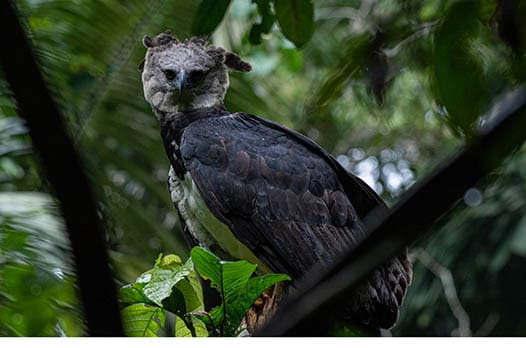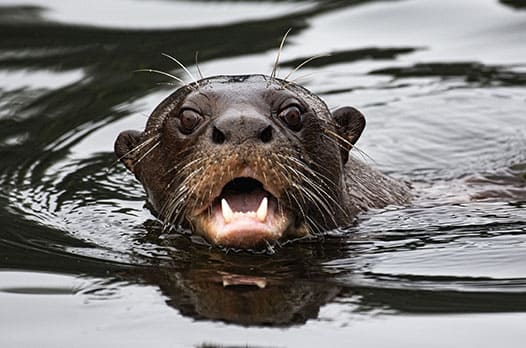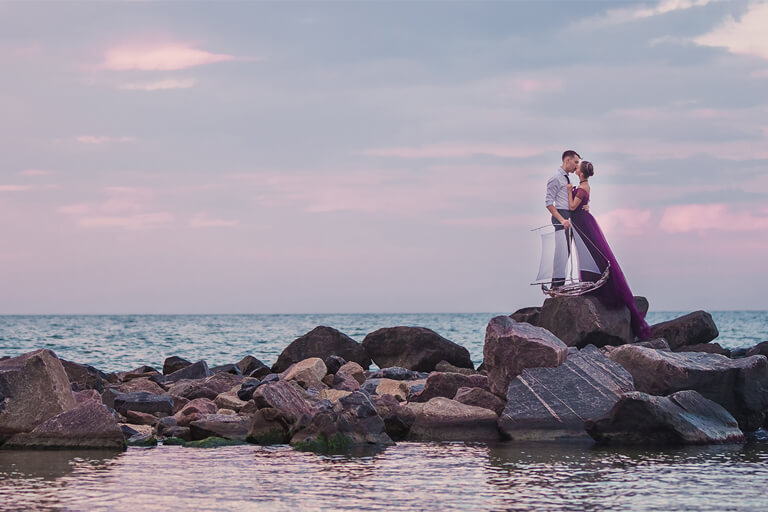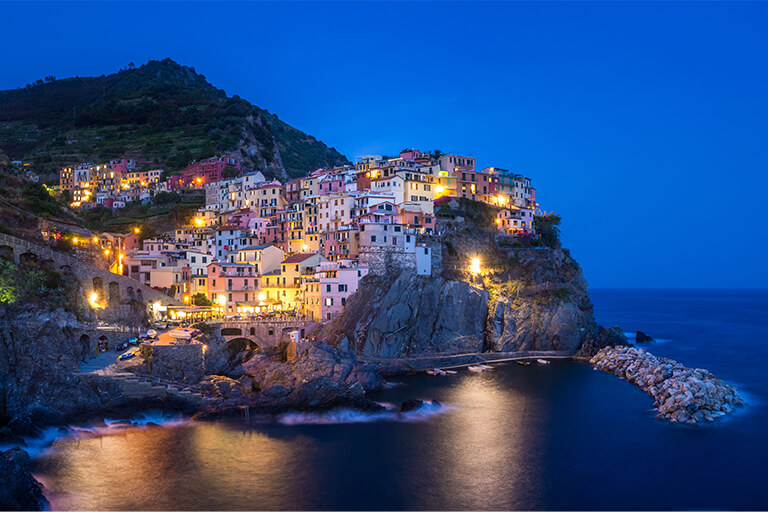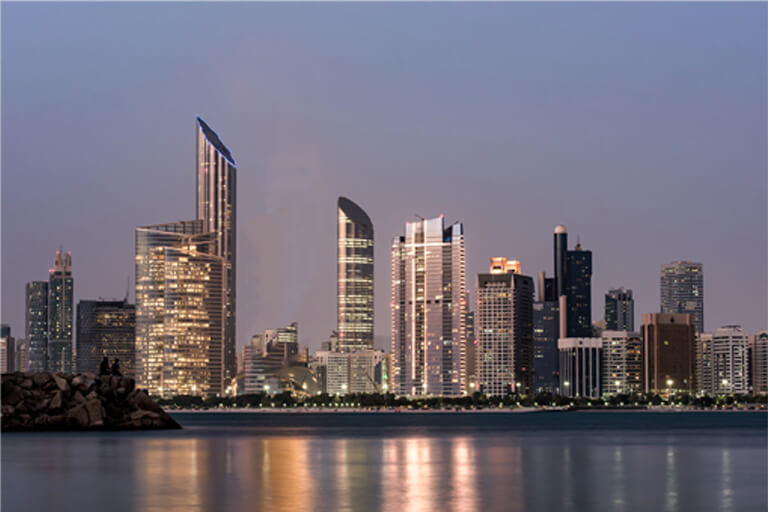Manu Park Safari 7 days
Manu National Park is a globally renowned haven of terrestrial biodiversity at the meeting point of the Tropical Andes and the Amazon Basin in Southwestern Peru. As a vast, geographically and economically isolated watershed, the still roadless property has been spared from most human impacts and is difficult to access to this day. The originally inscribed area was extended to 1,716,295 hectares in 2009
spanning the complete altitudinal gradient of the Eastern slope of the Andes from around 350 to above 4,000 m.a.s.l. The in some places precipitous transition includes high Andean Puna grasslands, mountain cloud forests, Yunga forests and lowland rainforest. Fed from numerous whitewater creeks in the mountains, the Manu River meanders through the lowland forests, before it joins the mighty Madre de Dios River at the Southern edge of the property. As evidenced by Incan and Pre-Incan ruins and petroglyphs, there is a long history of indigenous occupation. The local legend of Paititi.
TOUR HIGHLIGHTS: Two Oxbow Lakes inside the Reserved Zone, Cloud Forest of Manu Park, Cultural Zone of Manu National Park, Biosphere Reserve of Manu National Park, Giant otters at Salvador oxbow lake, and a Macaw Clay Lick, see video
TOUR ACTIVITIES: Bird watching, night walk, jungle exploration, boat sailing, Giant Otter searching and catamaran sailing in Salvador Oxbow Lake, caiman searching, turtle searching, and Jaguar searching along Manu River, visit a Macaw Clay Lick, and Giant Otter searching.
TYPE OF TOUR: Ecological and Adventure
TOUR AREAS: Biosphere Reserve of Manu Park and the Cultural Zone
PLACES VISITED ALONG THE TOUR: Huancarani town, Ninamarka pre-Inca cemetery, Paucartambo, Acjanacu (border of Manu Park) Cloud forest, Pilcopata, Atalaya Port, Alto Madre de Dios River, Manu River, Cultural Zone of Manu Park, Reserved Zone of Manu Park, Macaw Clay Lick area.
DEPARTURE DATES: Daily departures are available between March to January.
TRANSPORTATION USED: Bus, and boat
MANU SAFARIS PERU (7 Days / 6 Nights)
Day 1: Cusco - Wayqecha Biological Station
5:00 AM: Pick-up from your hotel in Cusco and departure by private transportation.
6:00 AM: Exploration of Huacarpay Wetland, where you will observe a wide variety of resident birds. From November to March, you can also find boreal migratory birds escaping the northern cold in search of warmer places in South America. We'll also look for raptors, and with a bit of luck, we might spot some mammals such as deer, foxes, or small rodents.
8:00 AM: Visit the Ninamarca Chullpas, a pre-Inca monument.
9:00 AM: Breakfast in Paucartambo.
9:30 AM: Visit the Paucartambo village, including the church and the Andean and Amazonian Peoples Museum.
10:30 AM - 6:00 PM:
Stop at the Acjanaco Viewpoint for breathtaking views of the cloud forest.
Hike through Pillahuata, searching for birds and typical flora of the area, including mountain toucans, multicolored tanagers, and hummingbirds.
Visit Pacchayoc Waterfall and the chance to see vibrant quetzals, bromeliads, and giant ferns.
Walk along the road in search of the Andean monkey, as we start encountering more mammals.
We will find a suitable spot to enjoy our box lunch.
Arrival at Wayqecha Biological Station and check-in to your rooms. Take a moment to appreciate the stunning views of the area.
7:00 PM: Dinner and detailed explanation of the activities for the following days.
Day 2: Wayqecha Biological Station – Cock of the Rock Lodge
5:30 AM: Breakfast, and then we will depart towards the lowland rainforest, retracing part of the path we traveled the previous day, while searching for emblematic birds of the region.
7:00 AM - 5:00 PM:
Visit the famous Hummingbird Garden, where 19 species of hummingbirds, along with other species like tanagers and flycatchers, can be observed.
Hike along the road for more wildlife and birdwatching.
Lunch in a strategic spot within the cloud forest.
Visit the Lek of the Cock of the Rock, where males perform their courtship dances year-round, but the best months to witness their vibrant colors and dominant song are in October and November.
5:00 PM: Arrival at Cock of the Rock Lodge, check-in, and rest.
Day 3: Cock of the Rock Lodge – Dorado Lodge
On this day, there will be another opportunity to visit the Lek of the Cock of the Rock for those who wish to repeat the experience. Afterward, we will have breakfast and then take our transport to Dorado Lodge by Manu Safaris Peru.
8:00 AM - 4:00 PM:
Depart by transportation towards the lowland rainforest, with several points for wildlife observation along the way.
Visit another hummingbird garden and see mammals such as the monk saki monkey and capuchin monkeys.
Arrive in Salvación village for a quick transport change, and refresh with locally made artisan ice creams.
Enjoy lunch with stunning views of the river from above.
Arrive at the lodge and check into your rooms. Take some time to rest.
Short walk around the garden and a trail walk to learn about the local vegetation from your guide.
7:00 PM: Dinner followed by a night walk on nearby trails to observe amphibians and insects.
Day 4: Dorado Lodge by Manu Safaris Peru – Manu Wildlife Center Camp
5:00 AM: Today will be one of the most exciting days as we visit a very special place for parrots: the Parrot Clay Lick. This is one of the most visited spots for parrots to detoxify from the fruits they consume during the day.
9:30 AM: Depart from the lodge towards Manu National Park, reaching the Limonal Control Post.
10:00 AM - 3:00 PM:
Take a boat ride upstream along the Manu River.
Look for wildlife on both banks, with assistance from the boat driver and crew for spotting animals. Common sightings include turtles, geese, herons, and capybaras.
3:00 PM: Arrival at the Manu Wildlife Center and check-in to your rooms. Time to rest.
4:30 PM: Visit a protected forest, one of the last remaining pieces of primary or pristine rainforest.
6:00 PM: Dinner.
Day 5: Manu Wildlife Center Camp
On this day, our program will vary, as each group of tourists entering Manu National Park will have a scheduled turn to visit the famous Cocha Salvador, home to a family of giant river otters. We will also explore trails and continue searching for birds, mammals, and reptiles.
In the evening, we will enjoy another night walk to spot nocturnal creatures.
Day 6: Manu Wildlife Center Camp – Dorado Lodge by Manu Safaris Peru
6:00 AM: Breakfast and boat ride back to Dorado Lodge.
10:00 AM: Visit to Cocha Brashco, another lake within the reserve.
2:00 PM: Optional activities: explore nearby streams, relax at the lodge, or visit the Tapir Clay Lick.
6:00 PM: Farewell dinner at the lodge.
8:00 PM: A recap presentation of the trip’s highlights and stories.
Day 7: Dorado Lodge – Cusco
6:30 AM: Breakfast and departure to Salvación, where our transportation from Day 1 will meet us.
11:00 AM: Land transport back to Cusco, with stops for photos and breaks.
6:00 PM: Arrival in Cusco and end of services.
This itinerary provides a detailed and exciting opportunity for tourists to explore the Amazon rainforest and the Andean highlands, with a special focus on ecotourism, wildlife observation, and birdwatching.
Included:
- Tour guide in English and Spanish with spotting scope and Binoculars
- Transportation (bus and boat)
- Cook
- Three meals a day
- Mineral water
- All Nights in Lodge, a night in a blind might be included in the tour
- Snacks
- Rubber boots
- Entrance fee to Manu National Park
- Entrance fee to all the private Natural Reserves
- First aid kit
Excluded:
- Travel Insurance
- Firs breakfast
- Mineral water in the first day
- Last day Dinner
- Alcoholic beverages
- Tips for the team
- January:05-11, 19-24
- February:09-15, 16-22
- March: 09-15, 23-29
- April: 13-19, 20-26
- May:04-10, 18-24
- Jun:01-07, 15-21
- July: 13-19, 20-26
- August: 10-16, 24-30
- September:07-13, 21-27
- October: 05-11, 19-25
- November:09-15, 23-29
- December:07-13, 21/27
Manu National Park is home to 10% of the world’s bird species, 228 mammal species, 132 reptile species, and more than 5,000 plant species – in total, experts estimate that more than 500,000 species exist in Manu. In addition, different ethnic groups live here, including one of the last completely isolated indigenous peoples in the world, the Mashco-Piro. All groups have their own languages, and there is an enormous cultural diversity between them.
Nemo enim ipsam voluptatem quia voluptas sit aspernatur aut odit aut fugit, sed quia consequuntur magni dolores eos qui ratione voluptatem sequi nesciunt.
9.3
Tour Score
Get Best Offer
Let us help you choose the best vacation out of plenty tours
Subscribe
Stay tuned for the latest offers available!
 En
En  Es
Es  De
De 



